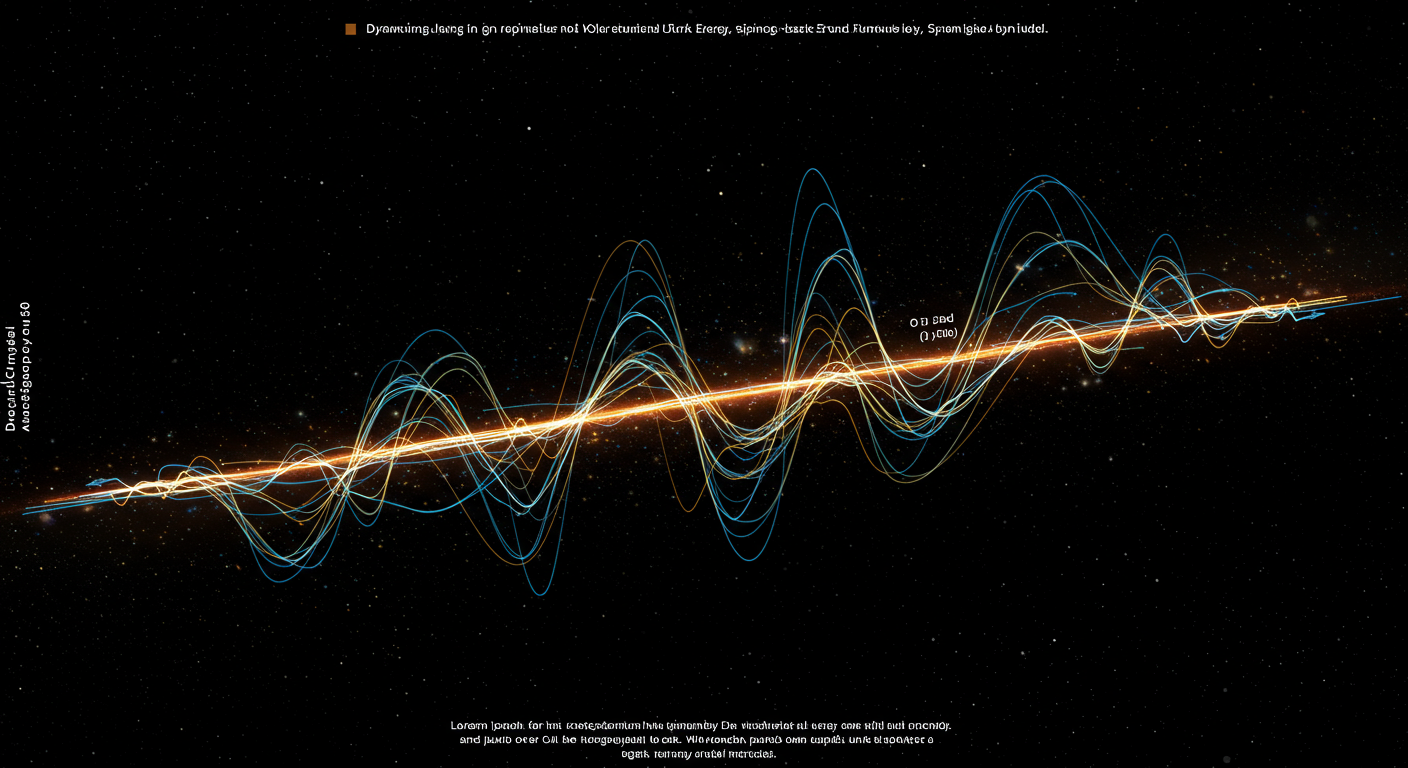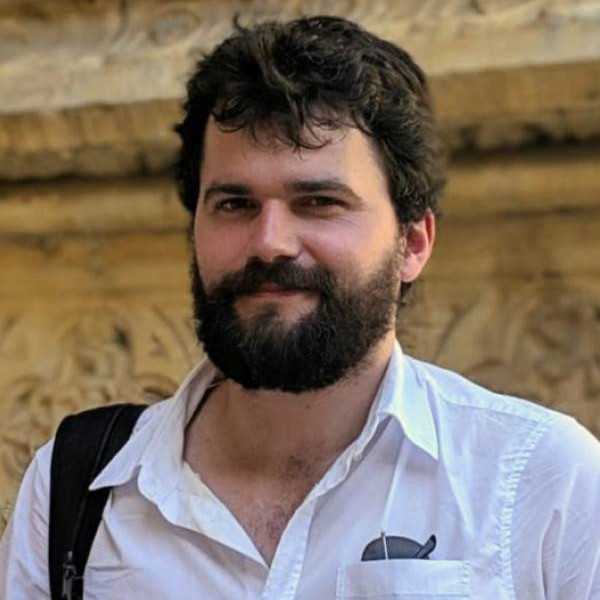Nonparametric reconstructions of dynamical dark energy via flexknots

The latest research from our group, detailed in 2503.08658, delves into the enigmatic nature of dark energy by employing a novel nonparametric reconstruction technique. Lead author A. N. Ormondroyd, along with W. J. Handley, M. P. Hobson, and A. N. Lasenby, explore the possibility of dynamical dark energy, challenging the prevailing cosmological constant model (ΛCDM). The team utilizes “flexknots,” a flexible parameterization representing the dark energy equation of state, w(a), as a linear spline with varying nodes. This approach allows for the reconstruction of potentially sharp features in the evolution of dark energy, unlike traditional parametric forms like the Chevallier-Polarski-Linder (CPL) model.
Our study integrates data from the Dark Energy Spectroscopic Instrument (DESI) Baryon Acoustic Oscillation (BAO) measurements, combined with both Pantheon+ and DES5Y supernovae data. Intriguingly, the analysis reveals a W-shaped structure in the reconstructed w(a). While the Bayesian evidence still favors ΛCDM, the robustness of this W-shaped structure hints at a more complex dark energy history than previously assumed. Specifically, the higher-redshift part of the “W” is attributed to the DESI BAO data, with the two LRG data points at z=0.510 and z=0.706 playing a significant role. The lower-redshift “V” structure appears to be driven by supernovae data, predominantly from higher redshifts.
To assess potential discrepancies between datasets, we employed tension statistics, including the R-statistic and suspiciousness. These analyses indicated agreement between the DESI and Pantheon+ reconstructions. However, a tension emerged between DESI and DES5Y, particularly around a scale factor of a ≈ 0.75. This tension underscores the importance of carefully considering systematic differences between datasets when investigating dynamical dark energy.
The use of flexknots offers significant advantages over traditional parametric approaches. For instance, flexknots can capture sudden changes in w, unlike the CPL model, which imposes a smooth, linear evolution. Furthermore, the ability to vary the number of knots provides flexibility in model complexity. This adaptability allowed our study to probe a wide range of possible dark energy histories. The insights presented in this work build upon previous applications of flexknots in cosmology (10.1088/1475-7516/2012/06/006, 10.1093/mnras/stv2217, 10.1093/mnras/stv1911), and further refine our understanding of how to approach complex questions in cosmology using flexible, data-driven techniques. While our results do not definitively confirm dynamical dark energy, the complex structure revealed by flexknots emphasizes limitations of restrictive parameterizations like wCDM or CPL and sets the stage for deeper investigations using future datasets, such as the upcoming DESI data release.




Content generated by gemini-1.5-pro using this prompt.
Image generated by imagen-3.0-generate-002 using this prompt.